Food Waste Reduction
NRDC works at the federal, state, and local levels to address the enormous challenge of food waste in the United States.

NRDC works at the federal, state, and local levels to address the enormous challenge of food waste in the United States. Up to 40 percent of food in the United States is wasted, contributing to extensive environmental, economic, and societal impacts. To achieve the United States’ goal of reducing food waste by 50 percent by 2030, we need comprehensive action across all levels of government. NRDC has been a driving force for food waste reduction since 2012, combining our strengths in research and advocacy to shift the status quo and ignite nationwide change. To address food waste systematically, we focus on policy and program solutions across the EPA’s wasted food scale to prevent food from going to waste, rescue food, and recycle scraps.
How We Work
Since 2015, NRDC's Food Matters initiative has successfully reduced food waste in cities through comprehensive policy and program development. Building on our extensive involvement in cities like Baltimore, Denver, Nashville, New York City, and through our Regional Initiative and our other city partnerships, Food Matters catalyzes the creation of replicable city-based solutions, helping to standardize market-supported best practices, and spurring meaningful progress. Our knowledge-sharing network provides peer-to-peer learning opportunities for municipalities, enabling opportunities for successes in one municipality to be adapted and adopted in others across the country.
Our approach is firmly rooted in local solutions, recognizing that the most significant impacts are felt at the community level. As cities reduce wasted food, they can stabilize their waste management costs, make strides toward achieving climate and sustainability goals, and support residents in maximizing their food budgets. By preventing food from going to waste in the first place, municipalities can save money on waste collection, businesses and individuals can realize cost savings, and everyone can help avoid the numerous resource, climate, labor, and other economic and social impacts associated with producing food that goes to waste. By supporting surplus food rescue operations, municipalities can also address food gaps in local communities. And by recycling remaining food scraps through composting programs, cities can minimize landfill and incinerator emissions and build healthier soils, leading to a locally circular system.
We help advance holistic policies that address food waste at the state level. For example, we helped develop and pass New York State’s Food Donation and Food Scraps Recycling law in partnership with relevant community stakeholders. We have conducted inventories of food waste–related policies in more than a dozen states, highlighting where future action is needed to strengthen weak policies or establish new ones where none exist.
We work with Congress and through the executive branch to support federal efforts to reduce wasted food. Building on the achievements in the 2018 Farm Bill, which instituted a national food loss and waste coordinator position and grants to develop and implement municipal food waste prevention and recycling plans, NRDC and partners came together to form the Zero Food Waste Coalition, a group focused on advancing federal and state policies to reduce food waste. The coalition released the report Opportunities to Reduce Food Waste in the 2023 Farm Bill and previously issued a U.S. Food Loss & Waste Action Plan, which outlines how the federal government can take ambitious action to achieve national and international goals of reducing food loss and waste by 50 percent by 2030.
Our federal advocacy agenda is focused on the most powerful levers to address food waste: It includes efforts to standardize and clarify food date labels, a leading driver of food waste, as demonstrated in our report The Dating Game: How Confusing Food Date Labels Lead to Food Waste in America; it also promotes increased donation of surplus food, as outlined in our report Don’t Waste, Donate: Enhancing Food Donations Through Federal Policy.
In the United States, consumers are collectively responsible for more than 40 percent of all wasted food, which is more than grocery stores and restaurants combined. Changing our attitudes and behaviors at home is key to reducing food waste. NRDC’s Save the Food campaign is a major public education initiative aimed at tackling the largest driver of food waste in the country: consumer behavior. The Save the Food campaign builds awareness of the implications of household food waste and empowers consumers with tools to reduce food waste at home, thereby saving water, energy, and money.
NRDC’s reports and model policies provide support to develop and implement food waste–related policies. We codevelop model policy language that cities and states can adapt to their local needs to enable quicker policy enactment. In addition, we support the development of municipal food waste reduction commitments and the adoption of measurement and assessment tools. We also offer a toolkit for municipalities to help them establish the foundational food waste reduction policies and programs that are needed to support a cultural shift.
- State-Based Food Waste Policy Gap Analysis and Inventory Reports
- Model Ordinance on Mandatory Reporting for Large Food Waste Generators: With and Without Commentaries
- Model Compost Procurement Policy: With and Without Commentaries
- Model Executive Order on Municipal Leadership on Food Waste Reduction: With and Without Commentaries
- Liability Protections and Safe Food Donation
- Model Ordinance Establishing a Pay-As-You-Throw Program for Residential Municipal Solid Waste: With and Without Commentaries
- A Donor’s Guide to the Enhanced Federal Tax Deduction for Food Donation
- A Farmer’s Guide to the Enhanced Federal Tax Deduction for Food Donation
- Model Municipal Zoning Ordinance on Community Composting: With and Without Commentaries
Tools for Cities
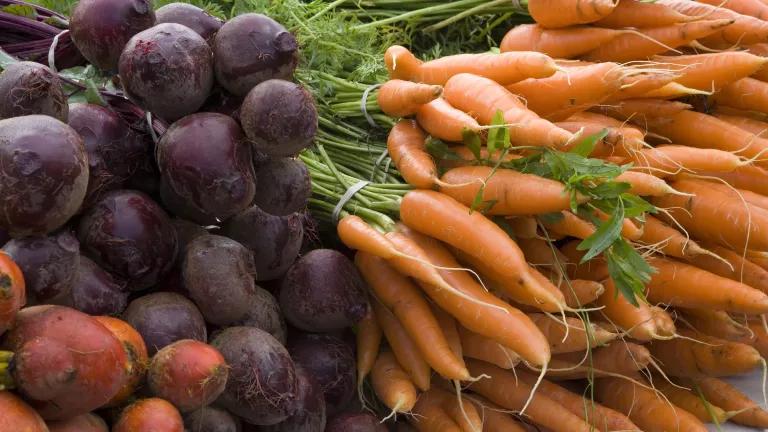
The Food Matters Beginner’s Guide
A guide to using the suite of Food Matters tools and resources.
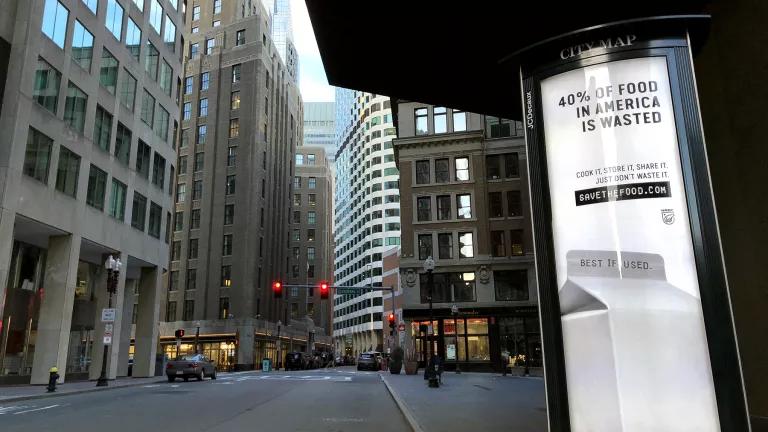
Tackling Food Waste in Cities: A Policy and Program Toolkit
Because cities are often responsible for waste management, land use, and local health and food regulations, they are on the front lines of reducing food waste.

Food Matters: What We Waste and How We Can Expand the Amount of Food We Rescue
Cities can be leading players in catalyzing innovation to reduce the amount of food going to waste.
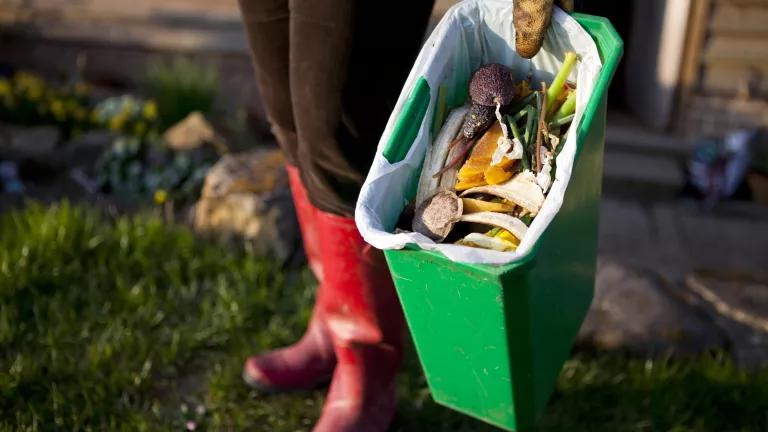
Food Matters Case Studies
These case studies examine NRDC's on-the-ground work with city government and business partners to reduce food waste through comprehensive policies and programs, highlighting lessons learned and the components of success.
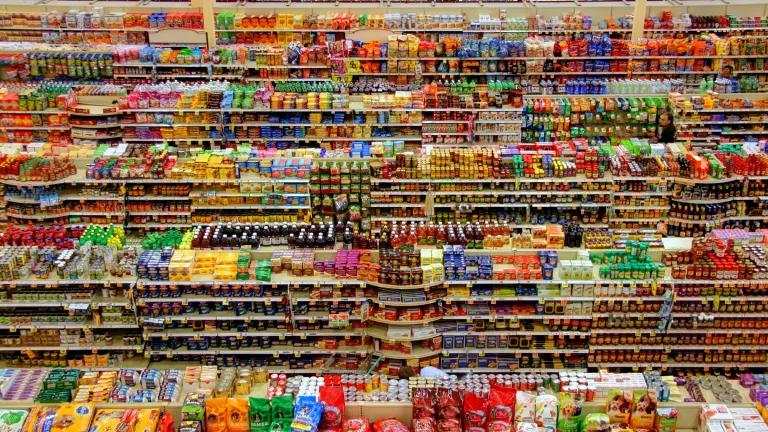
Feeding a City: Food Waste and Food Need Across America
The first step in reducing municipal food waste is data gathering: understanding the amounts and sources of wasted food at the local level, as well as the amounts and sources of surplus food that potentially could be rescued instead of wasted.
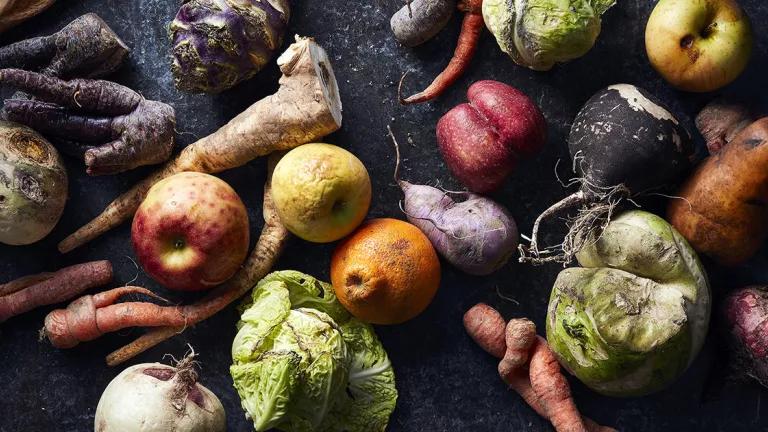
Food Waste Strategic Communications and Partnership Guide
Tackling food waste involves the need for diverse strategies in a variety of policy and program areas, and communicating them effectively is essential to building community support for programs and policies aimed at reducing food waste.
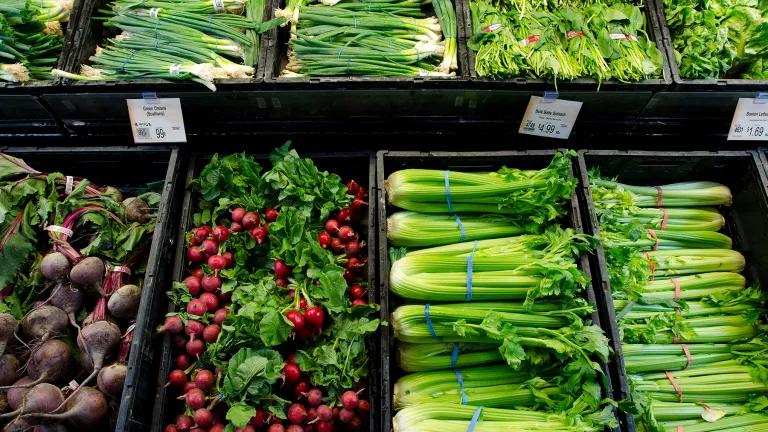
Introduction to Baselining of Food Waste Generation and Food Rescue Potential
Gaining a better understanding of the amounts and sources of wasted food, as well as the amounts and sources of surplus food that potentially could be rescued, is the ideal starting point for ensuring a successful city strategy to reduce food waste.
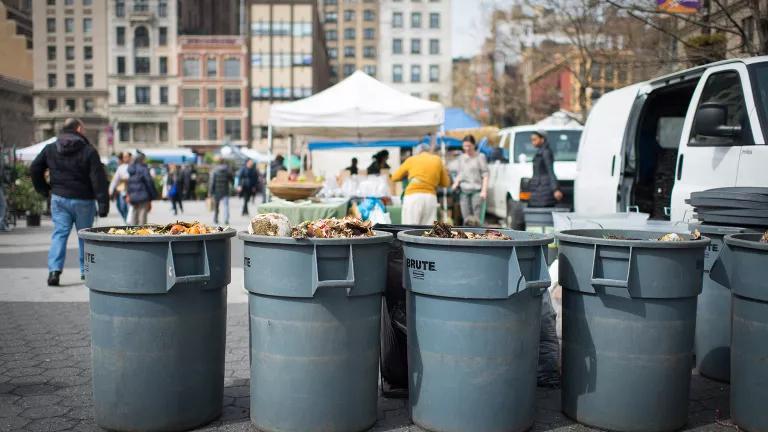
Assessing Progress on Food Waste Interventions at the City Level
Cities engaging in food waste initiatives are increasingly interested in assessing how effective those initiatives are, in order to determine where to allocate current and future resources for food waste policies and programs.
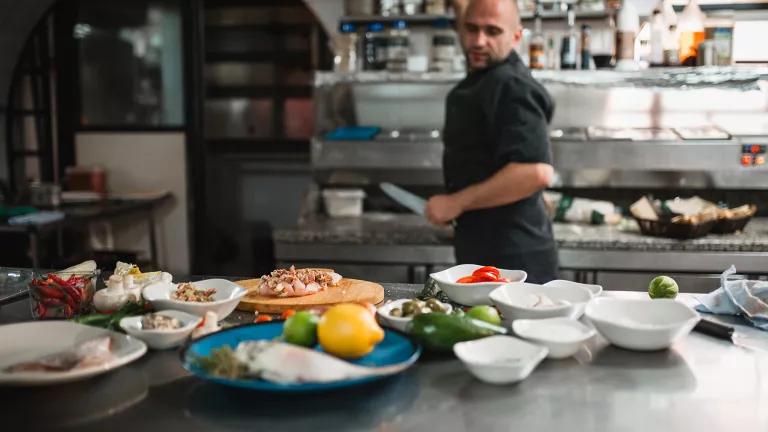
Food Waste Restaurant Challenge Guide
Cities interested in reducing food waste should consider ways to involve business sectors in their efforts, particularly those sectors most often linked to higher food waste generation, such as food service.
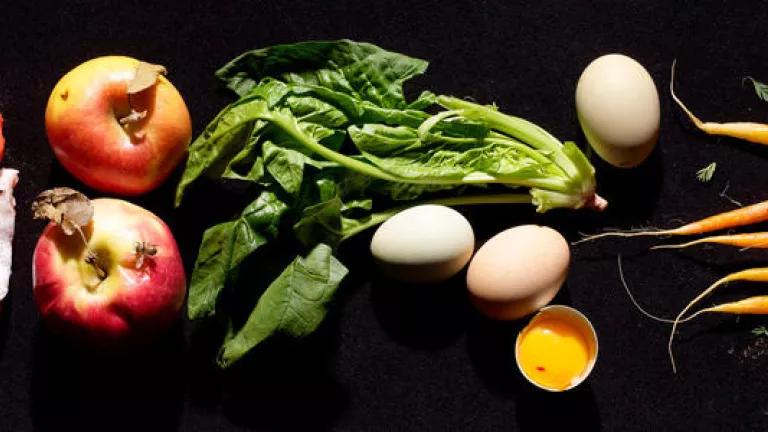
Increasing Public Awareness About Food Waste Prevention Guide
Given the magnitude of consumer household food waste, cities can play an important role in both raising awareness and providing action-oriented strategies that consumers can implement in their homes to prevent food from being wasted in the first place.

Engaging Health Departments: Overview Guide
Health departments, particularly health inspectors, are uniquely positioned to educate and inform food facilities about food waste reduction and food donation. In this guide, we outline some of the ways that health inspectors can help educate food facilities on how to prevent wasted food and donate surplus food.
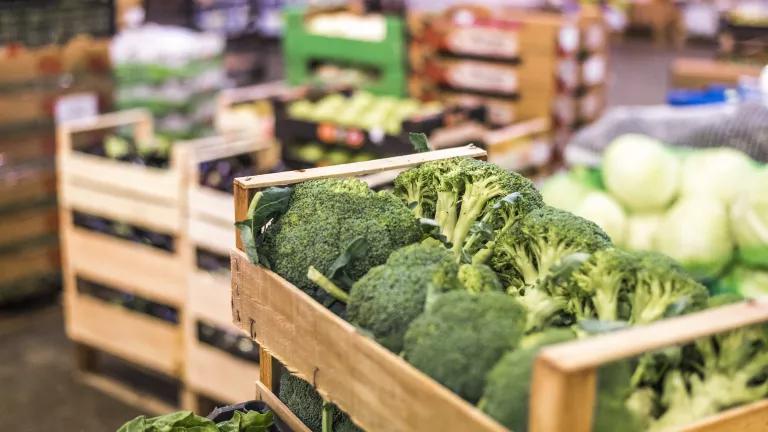
Food Rescue Client Survey Guide
Surveys can provide critical feedback on issues like satisfaction with the quality and cultural appropriateness of the food offered, barriers to accessing food support, and suggestions for making the city’s food rescue system more nimble, responsive, and reflective of community aspirations.

Food Donations from Farms Guide
In many communities, there is a particularly acute need for donation of fresh fruits and vegetables and other farm-fresh products,and whether growers live in surrounding areas or are part of the growing “urban ag” movement, they can play an important role in addressing food insecurity.
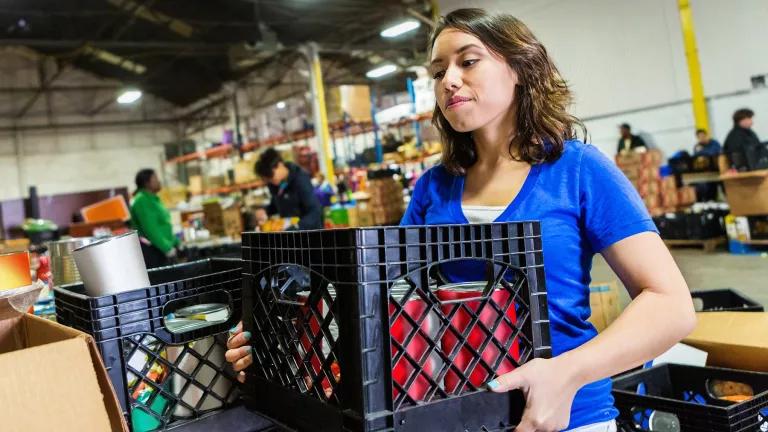
Food Rescue Landscape Assessment Guide
This guide shares some of NRDC's key lessons learned and is accompanied by an array of additional tools to help cities conduct food rescue landscape assessments of their own.
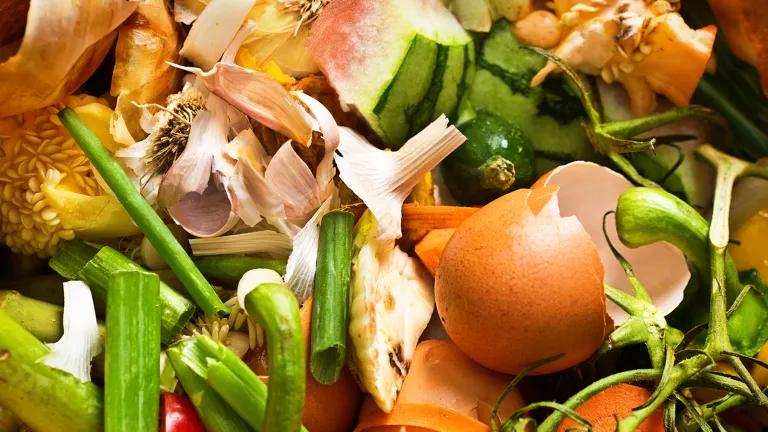
Food Scrap Recycling Landscape Assessment Guide
Our assessment offers guidelines for cities to identify current capacity, key stakeholder feedback on the needs, opportunities, and barriers related to expanding food scrap recycling.

Guide to Making a Public Commitment on Food Waste
Making a public commitment to reduce food waste is an important way to harness city leadership and constituent buy-in. It also increases accountability and can inspire other cities.

Guide for Hiring a City Food Waste Coordinator
Best practices for creating a city staff position dedicated to food waste reduction, cross-agency collaboration, work planning, and sourcing potential funding.

Guide for Funding Food Scrap Recycling
Addressing food waste requires sustained financial support, both public and private. Here are some tips for funding food scrap recycling and food rescue strategies at the city level.
Blog Posts from Our Experts
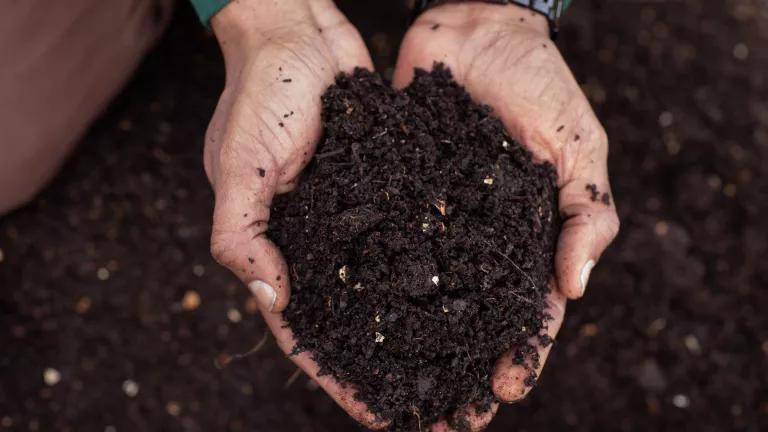
USDA Grants for Food Waste Reduction
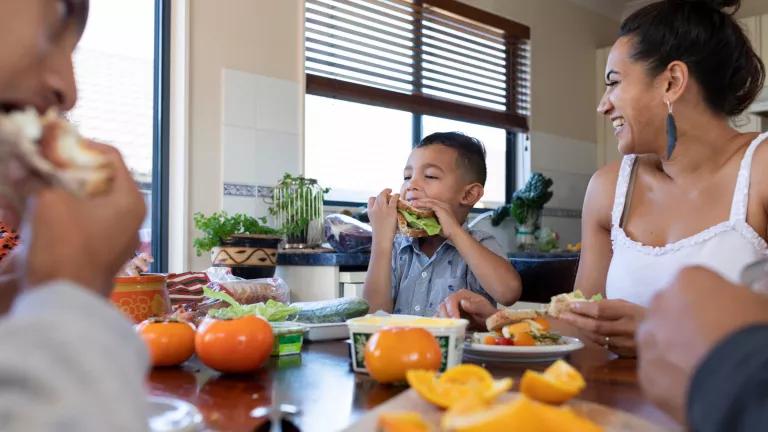
Additional Research on Household Food Waste

Columbus Signs Milan Urban Food Policy Pact
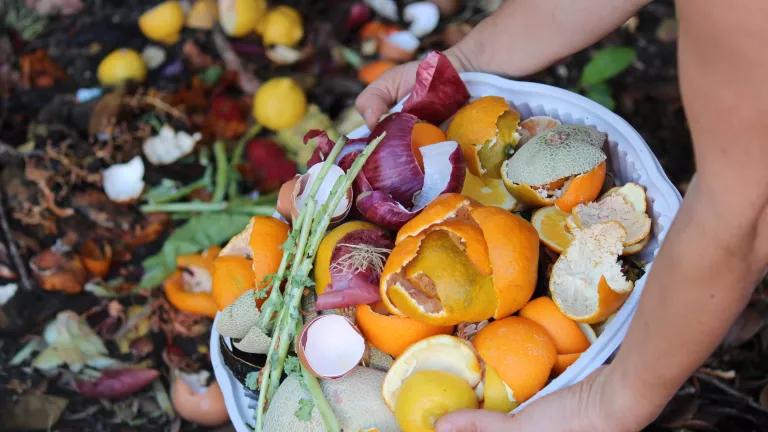
National Strategy for Reducing Food Loss and Waste Released

California Calls on Congress to Fix Common Food Waste Problem

Highlighting Composting Successes from Food Matters Partners

Food Matters Partners' Food Waste Reduction Strategies, July - December 2023
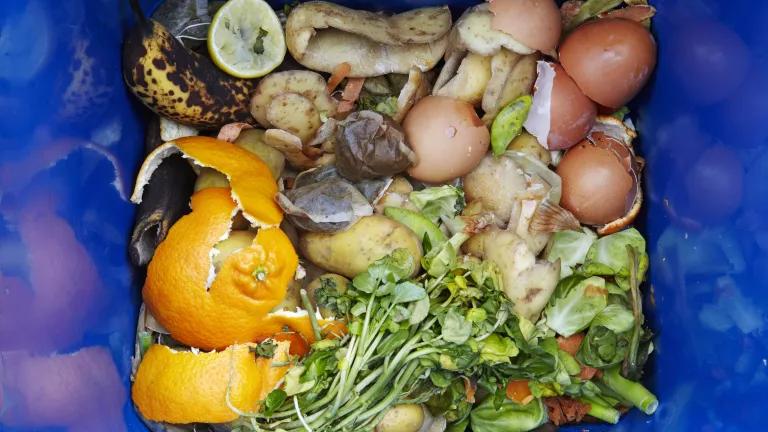
Draft National Strategy for Reducing Food Loss and Waste Released
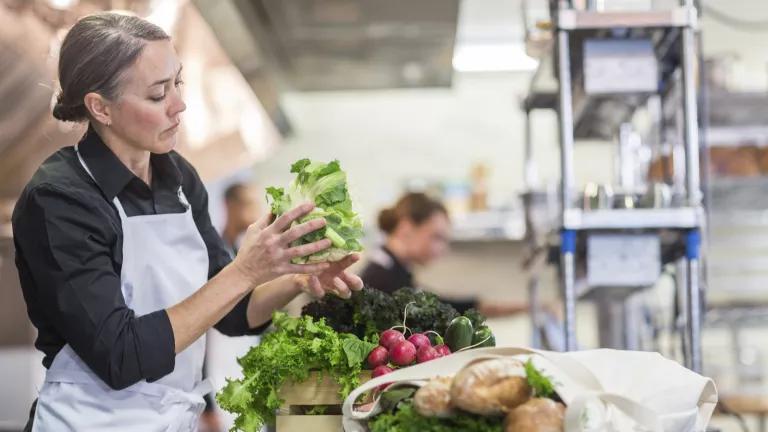
Stop Food Waste: Redistribution and Upcycling Opportunities

Reducing Food Waste for the Climate, Nature, and People

USDA Grants for Food Waste Reduction

Additional Research on Household Food Waste

Columbus Signs Milan Urban Food Policy Pact

National Strategy for Reducing Food Loss and Waste Released

California Calls on Congress to Fix Common Food Waste Problem






